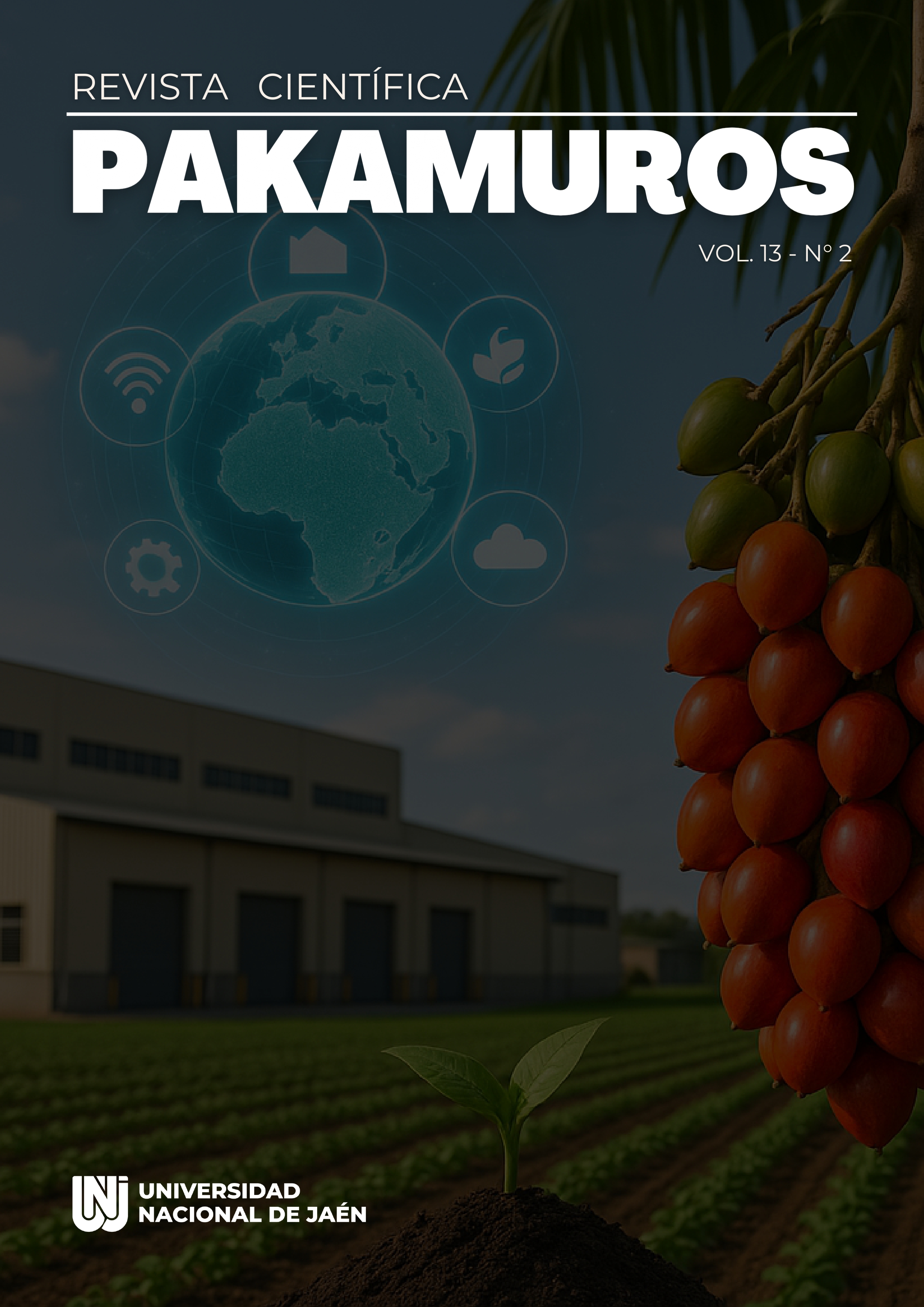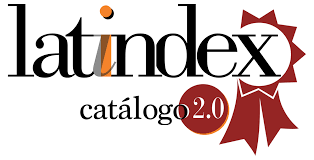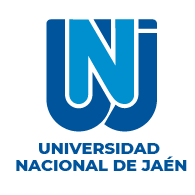Impacto de un modelo integrado de economía circular en la sostenibilidad e indicadores de desarrollo sostenible de una empresa agropecuaria
DOI:
https://doi.org/10.37787/wmexhq83Palabras clave:
Gestión, economía circular, sostenibilidad, recursos naturales, sustentableResumen
En el contexto de los desafíos actuales hacia un desarrollo sostenible, la economía circular surge como una alternativa viable para transformar procesos productivos tradicionales. Este estudio evaluó su impacto en una empresa agropecuaria de la región Ancash, mediante un enfoque mixto con análisis cualitativo y cuantitativo de indicadores de sostenibilidad. La muestra fue una empresa agropecuaria dedicada a la siembra de palta y pitahaya durante el periodo 2023-2025, utilizando técnicas como análisis documental, observación directa y simulación. Los resultados indicaron una tasa de supervivencia del 95% en las plantas y una producción anual promedio de 5 kg de fruta, limitada por problemas de suelo y riego. Sin embargo, tras implementar el modelo circular, la tierra productiva mejoró del 35% al 50%, el acceso a agua dulce del 25% al 40%, y el uso de recursos materiales y energéticos del 45% al 60%. Además, se registraron aumentos en el conocimiento del personal (65% a 75%), salud del equipo (60% a 70%), capacidad manufacturera (50% a 65%) y salud financiera (55% a 70%). En conclusión, el modelo contribuyó significativamente al fortalecimiento ambiental, económico y social de la empresa, demostrando su relevancia para avanzar hacia un desarrollo sostenible.
Referencias
Abbas, S., Haider, A., Kousar, S., Lu, H., Lu, S., Liu, F., Li, H., Miao, C., Feng, W., Aha-mad, M. I., Mehmood, M. S., & Zulqarnain, R. M. (2025). Climate variability, population growth, and globalization impacting food security in Pakistan. Scientific Reports, 15(1). https://doi.org/10.1038/s41598-025-88916-2
Anyiam, P. N., Phongthai, S., Grossmann, L., Jung, Y. H., Sai-Ut, S., Onsaard, E., & Rawdkuen, S. (2025). Potential plant proteins for functional food ingredients: Composition, utilization and its challenges. NFS Journal, 38. https://doi.org/10.1016/j.nfs.2025.100216
Ashby Michael F. (2023). Materials and Sustainable Development (Second Edition). In M. F. Ashby (Ed.), Materials and Sustainable Development (Second Edition) (pp. 1–565). Butterworth Heinemann. https://doi.org/https://doi.org/10.1016/B978-0-323-98361-7.15003-1
Azizi, M. A., & Leandro, J. (2025). Factors Affecting Transboundary Water Disputes: Nile, Indus, and Euphrates Tigris River Basins. Water (Switzerland), 17(4). https://doi.org/10.3390/w17040525
Bresnahan, K. A., Ferber, J. M., Carrato, J. T., Stoddard, T. J., Palad, P. V, & Richani, M. (2025). Closed-loop systems for plants expressing animal proteins: a modernized framework to safeguard the future of agricultural innovation. Frontiers in Plant Science, 16. https://doi.org/10.3389/fpls.2025.1426290
Cheng, P., Zhang, Y., Liu, K., Kong, X., Wu, S., Yan, H., & Jiang, P. (2025). Continuing the continuous harvests of food production: from the perspective of the interrelationships among cultivated land quantity, quality, and grain yield. Humanities and Social Sciences Communications, 12(1). https://doi.org/10.1057/s41599-024-04342-1
Davidenko, L., Titkov, A., Sherimova, N., & Beisembina, A. (2025). Economic Aspects of Sustainable Development: Eco-Branding in Manufacturing Enterprises from Kazakhstan. Sustainability (Switzerland), 17(1). https://doi.org/10.3390/su17010036
Faggini, M., Cosimato, S., & Parziale, A. (2023). The way towards food sustainability: some insights for pasta supply chain. Economia Politica, 40(2), 679–702. https://doi.org/10.1007/s40888-021-00247-3
Gallego-Schmid, A., Vásquez-Ibarra, L., Guerrero, A. B., Henninger, C. E., & Rebolledo-Leiva, R. (2025). Circular economy in a recently transitioned high income country in Latin America and the Caribbean: Barriers, drivers, strengths, opportunities, key stakeholders and priorities in Chile. Journal of Cleaner Production, 486. https://doi.org/10.1016/j.jclepro.2024.144429
Hussain, M. A., Li, L., Kalu, A., Wu, X., & Naumovski, N. (2025). Sustainable Food Security and Nutritional Challenges. Sustainability (Switzerland), 17(3). https://doi.org/10.3390/su17030874
Islam, M. Z., & Zheng, L. (2025). Why is it necessary to integrate circular economy practi-ces for agri-food sustainability from a global perspective? Sustainable Development, 33(1), 600–620. https://doi.org/10.1002/sd.3135
Kousar, S., Alvi, A., Kausar, N., Garg, H., Kadry, S., & Kim, J. (2025). Fuzzy multi-objective optimization model to design a sustainable closed-loop manufacturing system. PeerJ Computer Science, 11. https://doi.org/10.7717/PEERJ-CS.2591
Leone, F., Sugni, M., Marzorati, S., Rizzato, S., Ferrari, L., Tremolada, P., & Ferrante, V. (2025). Sea urchin waste as valuable alternative source of calcium in laying hens’ diet. PLoS ONE, 20(3 March). https://doi.org/10.1371/journal.pone.0314981
Li, J., Zhang, S., Ji, L., & Wang, F. (2025). Facilitating or Inhibiting: Digital Transformation and Carbon Emissions of Manufacturing Enterprises. Sustainability (Switzerland), 17(1). https://doi.org/10.3390/su17010360
Manh, D. V., Minh, N. T., Thao, L. X. T., Long, H. D., Thanh, L. H., Ngo, V. D., & Thom, D. T. (2023). A case study of circular economy from waste. Vietnam Journal of Science and Technology, 61(3), 415–428. https://doi.org/10.15625/2525-2518/16766
McCauley, D. (2025). Just circularities: Intersecting livelihoods, technology, and justice in just transition and circular economy. Journal of Cleaner Production, 500. https://doi.org/10.1016/j.jclepro.2025.145176
Mukherjee, S., Panigrahi, R. R., Sharma, R., & Shrivastava, A. K. (2025). Advancing circular economy performance through blockchain adoption: A study using institutional and resource-based frameworks. Sustainable Futures, 9. https://doi.org/10.1016/j.sftr.2025.100521
Panza, L., & Peron, M. (2025). The role of carbon tax in the transition from a linear economy to a circular economy business model in manufacturing. Journal of Cleaner Production, 492. https://doi.org/10.1016/j.jclepro.2025.144873
Raza, D., Shu, H., Ehsan, M., Fan, H., Abdelrahman, K., Aslam, H., Quddoos, A., Aslam, R. W., Nazeer, M., Fnais, M. S., & Sardar, A. (2025). Evaluation of agriculture land transformations with socioeconomic influences on wheat demand and supply for food sustainability. Cogent Food and Agriculture, 11(1). https://doi.org/10.1080/23311932.2024.2448597
Shebanin, V., Drobitko, A., Panfilova, A., & Markova, N. (2024). Development and implementation of energy-saving technologies for growing sunflower hybrids in the south of Ukraine. Scientific Horizons, 27(8), 90-99. https://doi:10.48077/scihor8.2024.90
Shittu, E. A. (2025). Performance of Bambara Nuts (Vigna subterranean L. Verdc) as Influenced by Genotypes and Weed Control Treatments in the Sudan Savanna Ecology, Nigeria. Journal of Tropical Crop Science, 12(1), 195–205. https://doi.org/10.29244/jtcs.12.01.195-205
Syrbek, P., Bimendiyeva, L., Kondybayeva, S., Tlesova, A., & Tolepov, A. (2025). Nexus between Energy Intensity, CO2 Emissions and Food Security: Asymmetric and Symmetric View from Kazakhstan. International Journal of Energy Economics and Policy, 15(2), 616–623. https://doi.org/10.32479/ijeep.18486
Vásquez, J. M., Cequea, M. M., & Schmitt, V. G. H. (2025). Current practices and key challenges associated with the adoption of resilient, circular, and sustainable food supply chain for smallholder farmers to mitigate food loss. Frontiers in Sustainable Food Systems, 9. https://doi.org/10.3389/fsufs.2025.1484933
Publicado
Declaración de disponibilidad de datos
The data used and analyzed during the development of this study are available upon reasonable request by the corresponding author, as they were collected directly from the company under study. This guarantees the transparency and reproducibility of the results presented.
Número
Sección
Licencia
Derechos de autor 2025 Revista Científica Pakamuros

Esta obra está bajo una licencia internacional Creative Commons Atribución-NoComercial 4.0.












